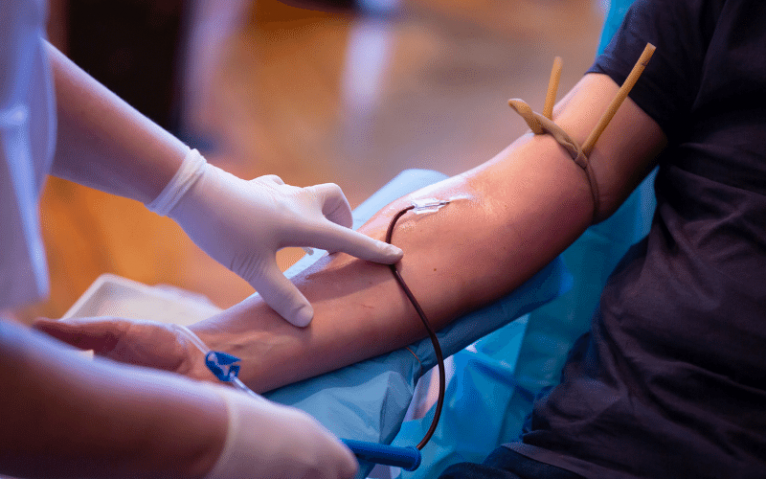In the middle of all of the American heroin epidemic comes news that the FDA has approved an addiction implant said to help prevent relapse. The implant was approved on Thursday as an innovative option for people struggling with heroin and opioid addiction. The implant slowly releases drugs into the addicts system designed to curb craving and withdrawal symptoms for six months at a time.
New Way To Administer A Known Medication
The addiction implant is called Probuphine and is the first of its kind. There are medications out there that are designed to reduce craving and withdrawal symptoms, but the implant is an innovation. The implant contains a long-used drug, buprenorphine, which has been used for years to curb cravings and withdrawal. The benefit of an implant is that there is less of a chance for doses to be skipped, therefore reducing the chance of relapsing as a result of a missed dose.
Opioid Addiction is Rampant
It is estimated that more than 2.5 million Americans are addicted to opioids. The widespread use of opioids is attributed to doctors prescribing painkillers to patients which can, unfortunately, be devastatingly addicting. Overdoses from these drugs are becoming commonplace and are responsible for tens of thousands of death per year – a number that is on the rise.
About the Addiction Implant
The implant is the size of a matchstick and would normally be implanted in the upper arm in an outpatient setting, and removed the same way at the end of 6 months. It is thought that the implant will prevent people from skipping doses and therefore reduce the chance of relapse. The implant will work by slowly releasing a low dose of buprenorphine over a period of six months in a steady stream, preventing ups-and-downs and fluctuations in the patient. In 2012, the FDA rejected Probuphine, citing that the dose was too small and unlikely to help addicts in recovery. This time around, additional evidence and data were submitted, and in addition, it received positive enforcement from federal advisers earlier this year. The addiction implant is intended to be part of addiction treatment, not the whole thing. Meaning, it should be coupled with therapy and other methods to help keep an addict away from drugs and relapse. There is no doubt that something needs to be done to curb the opioid epidemic in America, and this is a step in the right direction. As more doctors and clinics get on-board with the idea of an implant, the more addicts can be saved from relapse and go on to live healthy lives.





